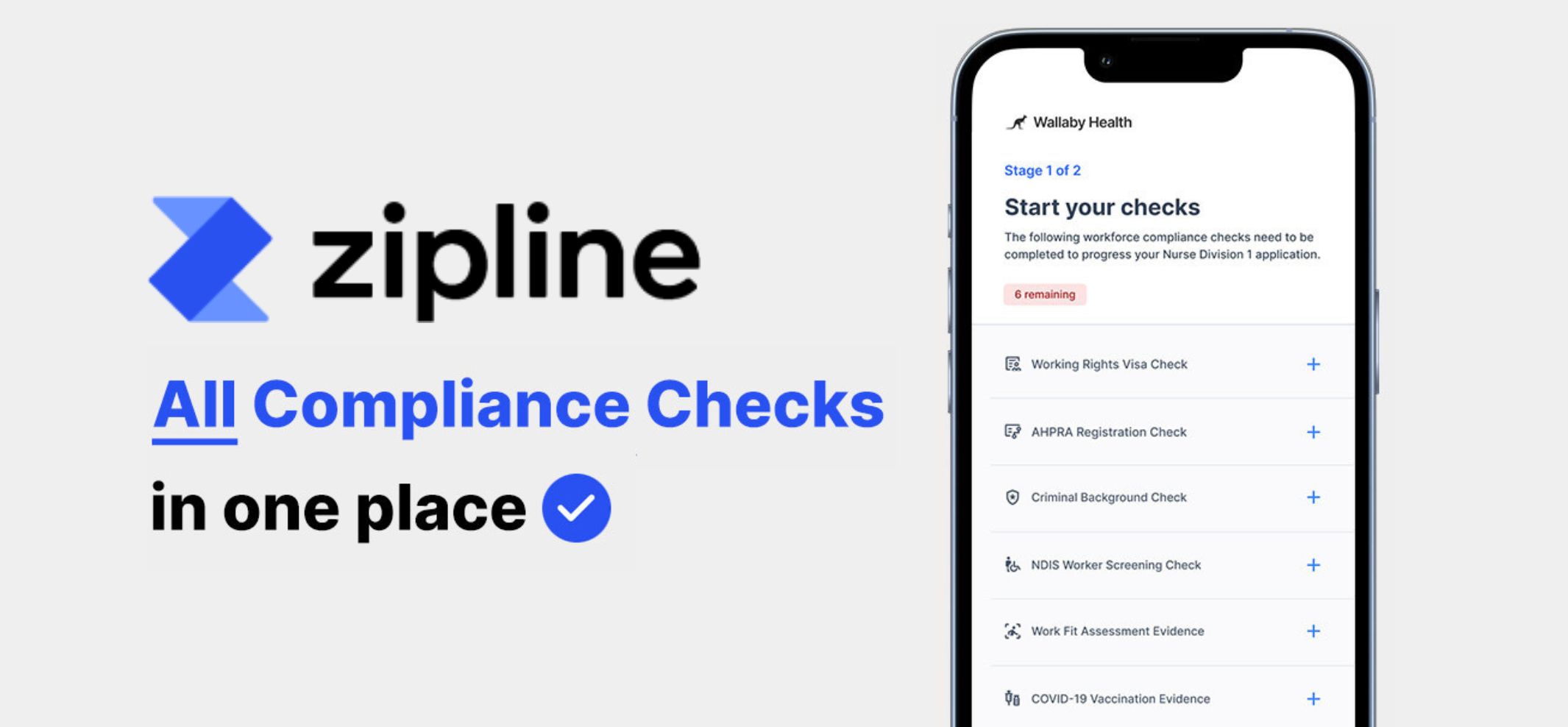2024 is here with new innovations, opportunities and challenges. The past twelve months have seen advancements in Artificial Intelligence (AI) and analytics, a surge in digital healthcare innovation, and numerous new technologies promising to redefine the healthcare industry.
Meanwhile, workforce shortages, mounting workloads and economic challenges are constantly pressuring healthcare providers to improve operational efficiencies and innovate care delivery.
We’ve also seen significant investment into ways of elevating diagnostic and treatment capabilities as well as the implementation of new training methods to ensure practitioners remain knowledgeable about the latest technologies. But with the industry evolving so rapidly, what are the key trends set to shape the year to come? How can we pick out the fluff from the facts and what’s going to make an impact on healthcare?
Healthcare’s next step for AI
In 2024, AI will have a substantial impact on how practitioners diagnose and treat patients. The Australian Medical Association (AMA) reported that increasing demand for General Practitioner (GP) services has left Australia short at least 860 GPs, which is projected to balloon to 10,600 in less than ten years. On the surface, AI technologies have the potential to alleviate challenges like these, with automation helping take over routine tasks using AI-powered applications like documentation and voice-to-text transcription–but that’s just the start.
While the adoption speed of these technologies will depend on the regulatory environment, we’ve already seen considerable advancements in the space. Computer vision tools that can detect suspicious skin lesions, others that predict coronary artery disease from scans; there are even models predicting patient risks and health outcomes by analysing historical data and monitoring patients in real-time, but we’re yet to see these applied in actual situations.
AI is everywhere, and it’s already being used in healthcare. The next step is to ensure these AI-driven solutions are dependable, explainable, and aligned with ethical medical standards so they can be put to use, which is a key area we’ll see the industry concentrating on throughout 2024.
Digital upskilling will be a priority
This year, we’ll also see a much greater focus on continuous education and digital upskilling programs. Last year’s surge in digital health information and the rapid pace of innovation kept practitioners on their toes trying to keep up, and this trend is unlikely to end. These emerging technologies and tools will require a retraining of the workforce, retooling of health services, and the transforming of workflows.
Practitioners must then be trained to critically assess these new tools and their place within patient care and the healthcare space. Already, some hospitals and government agencies are trialling the use of Virtual Reality (VR) for medical education and training purposes. Whether delivered through e-learning platforms or VR and Augmented Reality (AR) for more real-to-life scenario training, these programs will become instrumental in ensuring the healthcare workforce can adapt to the rate at which these new technologies are being introduced.
There are going to be exciting advancements in healthcare this year, but as innovation surged ahead it’s now time for the industry to catch up. The healthcare industry’s trajectory this year will require a delicate balance between embracing cutting-edge technologies and upholding ethical standards while ensuring practitioners are equipped with the knowledge to be at the forefront of this transformation.
Adrian Sutherland is a Senior Architect for Healthcare at Endava. He combines interest and expertise to help clients and teams develop innovative and people-centred digital healthcare solutions.





















